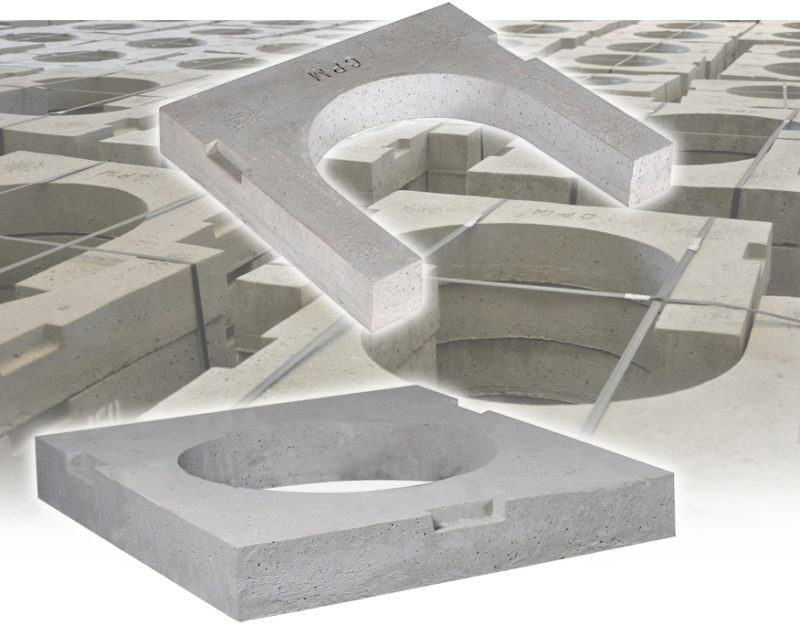By installing concrete gully covers instead of brickwork, you can create a more secure, efficient and long-lasting drainage system with reduced installation time and maintenance requirements.
Paul Cartwright, Business Development Director explores why and how this low-cost cover solution can save you long-term issues.
Quicker installation
Gully covers slabs are faster to lay, reducing on-site labour costs and keeping within site programmes
Improved stability
They provide stability and a secure seating for the gully grate, preventing movement or displacement.
Elimination of weak points
Gully covers eliminate brickwork vertical joints, which can be potential weak spots in the structure, resulting in a more robust and stable solution.
No on-site bricklaying
Precast concrete gully cover slabs are factory-made, eliminating the need for time-consuming and labour-intensive on-site bricklaying
Flush fit
The concrete gully cover slab sits flush to the kerb, enhancing overall stability and ensuring a neat finish
Cost-effective
Gully covers offer a stronger alternative to brickwork while remaining cost-effective
Improved performance
They provide better performance in surface water drainage systems
Durability
Gully covers are more durable than brickwork, especially in areas exposed to heavy traffic or harsh weather conditions
Increased lifespan
Concrete gully cover slabs have a proven life of over 100 years in normal groundwater conditions offering long-term durability
Resistance to environmental factors
These slabs are not weakened by fire or moisture and do not lose their shape over time
Abrasion and corrosion resistance
Due to their inherent strength, precast concrete products used in gully covers are highly resistant to abrasion and corrosion
Resistance to impact
They can withstand impacts such as jetting, allowing for easy clearance of blockages without compromising the structure
Paul concludes that by incorporating these durable features, gully cover slabs significantly enhance the overall longevity and reliability of drainage systems, reducing the need for frequent maintenance and replacements.












